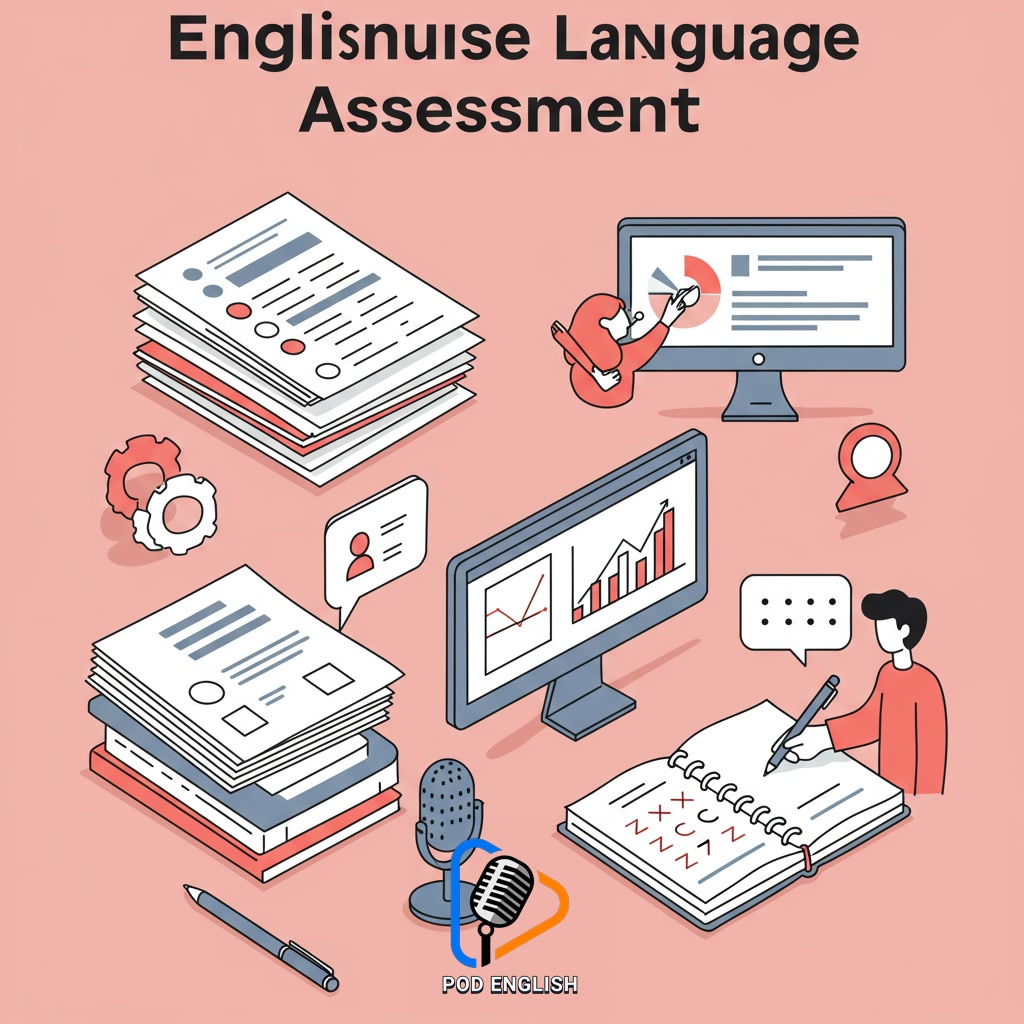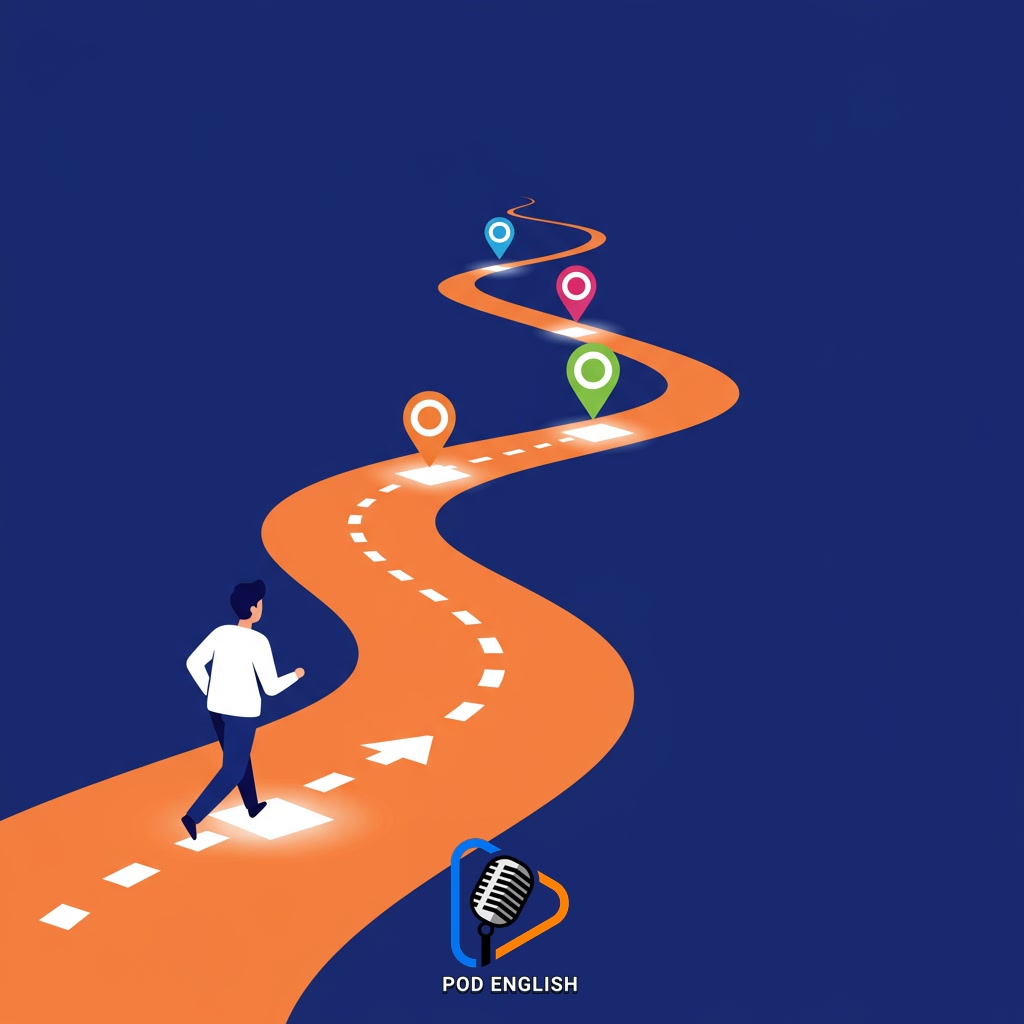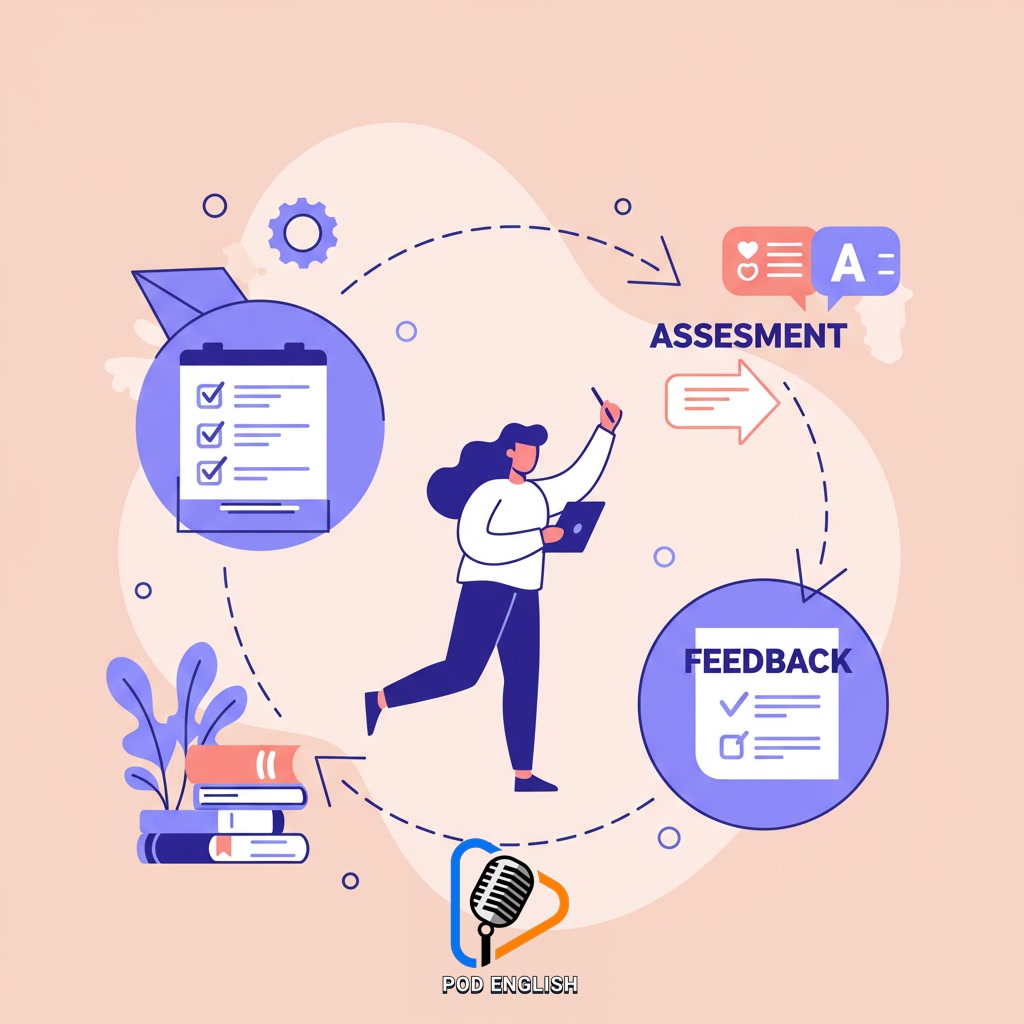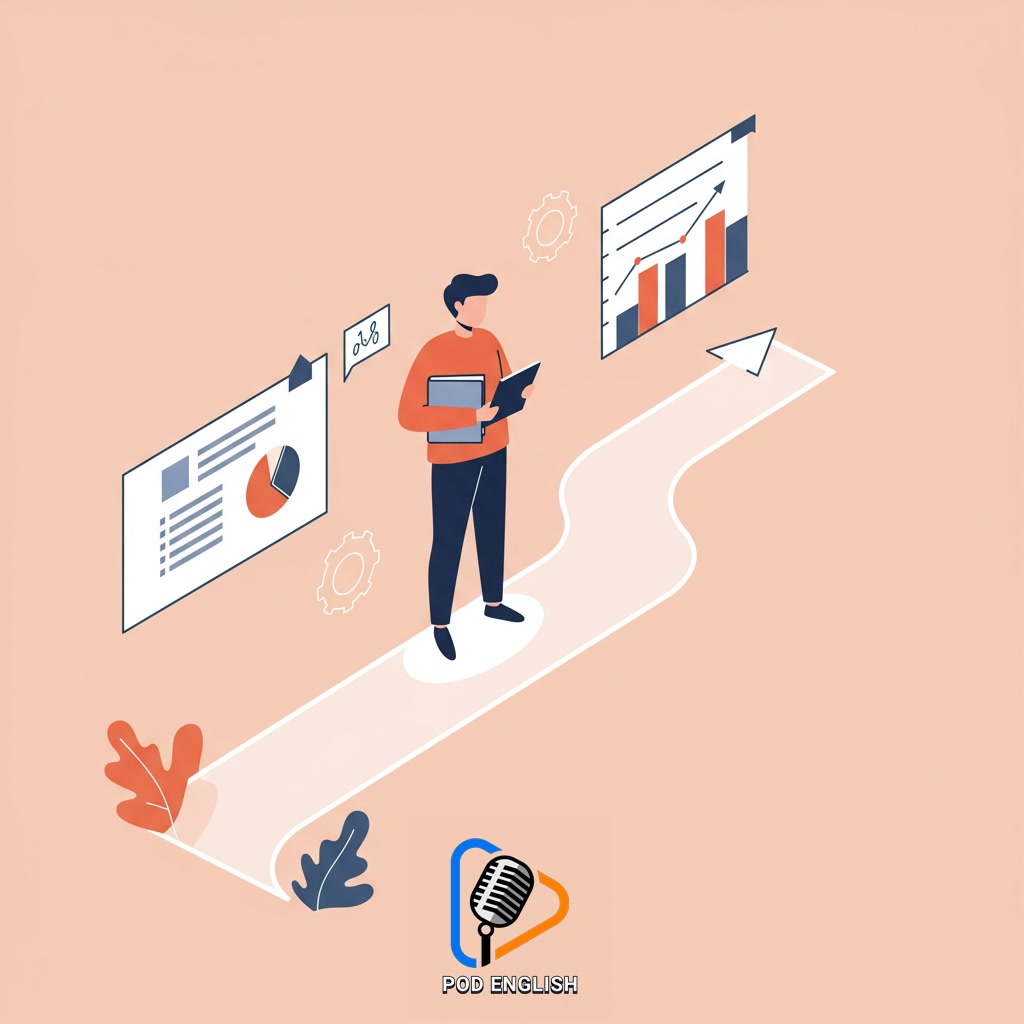Learn English
Boost Your English Learning with Assessment and Feedback

Assessment and feedback are vital tools for enhancing your English learning journey. Regular evaluation helps pinpoint areas needing improvement, while constructive feedback guides your progress. Implementing these strategies effectively can significantly accelerate your proficiency in learning english. This approach provides clarity on strengths and weaknesses, enabling targeted practice for better results.
Table of Contents
- Section 1: The Crucial Role of Assessment and Feedback in English Learning
- Section 2: Understanding Different Types of Assessment for English Learners
- Section 3: How Effective Feedback Fuels Your Progress
- Section 4: Connecting Assessment and Feedback: A Powerful Learning Loop
- Section 5: Practical Strategies to Integrate Assessment and Feedback into Your Routine
- Section 6: Making Assessment and Feedback Your Allies for Faster Progress
Section 1: The Crucial Role of Assessment and Feedback in English Learning
Assessment and feedback are fundamental pillars in mastering English. Think of assessment as a compass: it shows you exactly where you are on your learning journey. Through tests, quizzes, or even self-evaluation, you discover your current strengths and pinpoint areas where you struggle, such as specific grammar rules, vocabulary, or pronunciation. Feedback then acts as the map and guide. It’s the specific, constructive advice you receive on how to navigate those challenging areas. This targeted guidance helps you understand *why* you made mistakes and *how* to correct them effectively. Without these tools, learners might practice aimlessly, unaware of their errors or how to improve. Together, assessment and feedback provide clarity, track progress, and direct your learning efforts towards genuine improvement, making your study time much more effective.

Section 2: Understanding Different Types of Assessment for English Learners
To effectively use assessment as a compass in your English learning journey, it’s helpful to understand the various types you might encounter. These fall broadly into formative and summative categories. Formative assessments, like short quizzes, classroom activities, or participation checks, happen throughout the learning process. They provide ongoing feedback to both you and your teacher, helping to identify areas needing immediate attention and guiding instruction. Summative assessments, such as mid-term exams, final tests, or major projects, evaluate your overall understanding and proficiency at the end of a unit or course. Understanding the purpose of each assessment type allows you to approach them strategically and utilize the results to refine your study methods and focus your efforts on specific skills like reading, writing, listening, or speaking.

Section 3: How Effective Feedback Fuels Your Progress
Building on assessment results, effective feedback is the crucial element that truly accelerates your English learning. It’s not just about knowing your score or grade; it’s about understanding *why* you made mistakes and *how* you can improve. Specific, actionable feedback highlights your particular strengths and pinpoint the exact areas needing attention, whether it’s grammar, vocabulary, pronunciation, or writing structure. This targeted insight allows you to focus your practice efficiently, addressing weaknesses directly instead of guessing what to study. By providing clarity and direction, constructive feedback empowers you to make informed adjustments to your learning strategies, ensuring that every effort contributes meaningfully to boosting your English proficiency and fueling your progress towards fluency.

Section 4: Connecting Assessment and Feedback: A Powerful Learning Loop
Building on understanding *why* you got a certain result from an assessment, feedback provides the crucial link. Assessment identifies where you are in your English learning journey, highlighting areas of strength and those needing attention. Feedback then illuminates *why* you performed as you did – explaining errors in grammar, vocabulary, pronunciation, etc. More importantly, it offers concrete suggestions and strategies on *how* to improve. This creates a dynamic learning loop: assess, receive targeted feedback, understand the areas for growth, apply the feedback through focused practice, and then reassess. This powerful cycle ensures your efforts in learning English are always directed towards mastering your specific challenges, accelerating your progress efficiently.

Section 5: Practical Strategies to Integrate Assessment and Feedback into Your Routine
Building on feedback helping interpret assessment results, integrating these into your daily routine requires practical steps. Start by regularly scheduling brief self-assessments using online quizzes or exercises focusing on specific skills like grammar or vocabulary. Actively seek feedback from teachers or language exchange partners on your speaking and writing. Don’t just receive feedback; analyze it to understand *why* you made errors and identify patterns. Keep a simple learning journal to track common mistakes and note specific strategies you’ll use to improve. Regularly review this journal and your assessment results to see your progress and adjust your study methods accordingly. This consistent cycle of assessing, receiving feedback, and acting on it is key to accelerating your learning English proficiency.

Section 6: Making Assessment and Feedback Your Allies for Faster Progress
Building on integrating assessment and feedback into your learning routine, understanding *how* these tools become your allies is key to accelerating your progress in learning English. Assessments aren’t just tests; they are diagnostic tools revealing your current strengths and pinpointing specific areas needing attention. Feedback, whether from an instructor, a peer, or even a well-designed online system, translates those assessment results into actionable steps. It clarifies *why* an answer was incorrect or *how* to improve a sentence structure. By consistently using assessment to see where you are and feedback to show you the most efficient path forward, you eliminate guesswork. This targeted approach means you spend less time on what you already know and more time effectively practicing where it matters most, making your learning journey significantly faster and more efficient.














